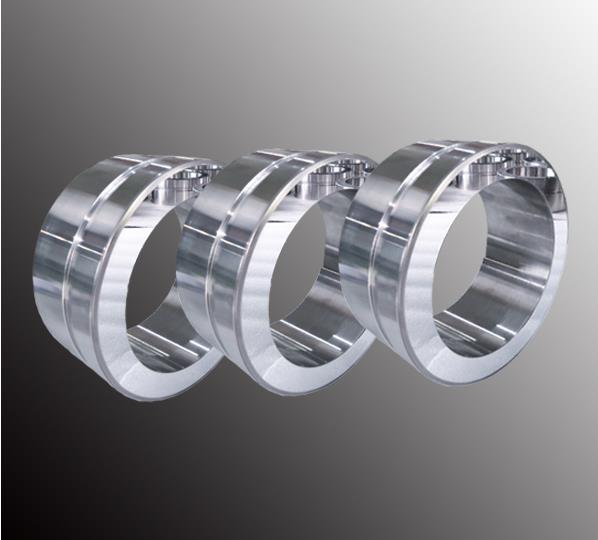

Surface alloying by supersonic spraying is a new surface strengthening process developed in recent years. Coating materials suitable for this process cover almost all solid materials. When using sonic spraying, the speed of particles hitting the surface of the workpiece can reach several times the speed of sound. The surface of the workpiece can form a high-density, non-layered, low-roughness high-quality coating. The strength and hardness of the workpiece have been greatly improved, the spraying efficiency is high, and the operation is convenient.

In the process of cold spraying, the impact velocity of particles is a key factor affecting particle deposition. However, due to the shock wave in front of the substrate, it is difficult to achieve the deposition or deposition efficiency of microparticles in the conventional cold spray (atmospheric pressure environment) process. Combined with the traditional cold spraying principle and the acceleration behavior of submicron particles in high-speed airflow, the factors affecting the impact velocity of submicron particles in vacuum environment are discussed and studied. Through numerical analysis, the effects of spray distance, particle diameter and density on particle impact velocity under atmospheric pressure were investigated.
Hot information

